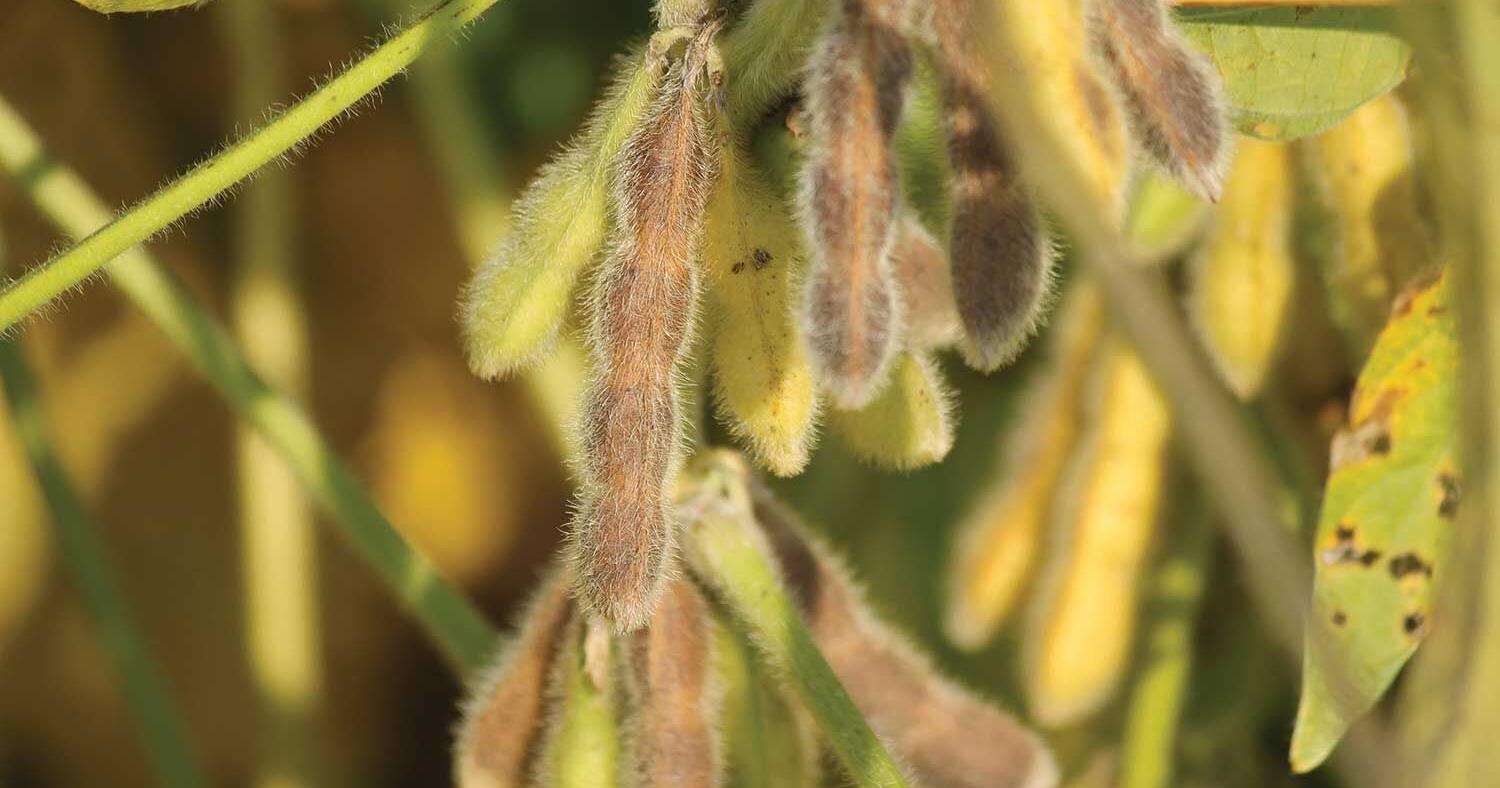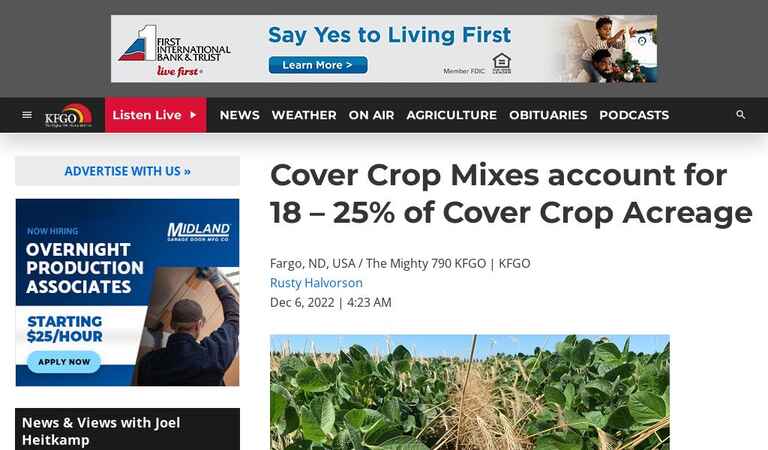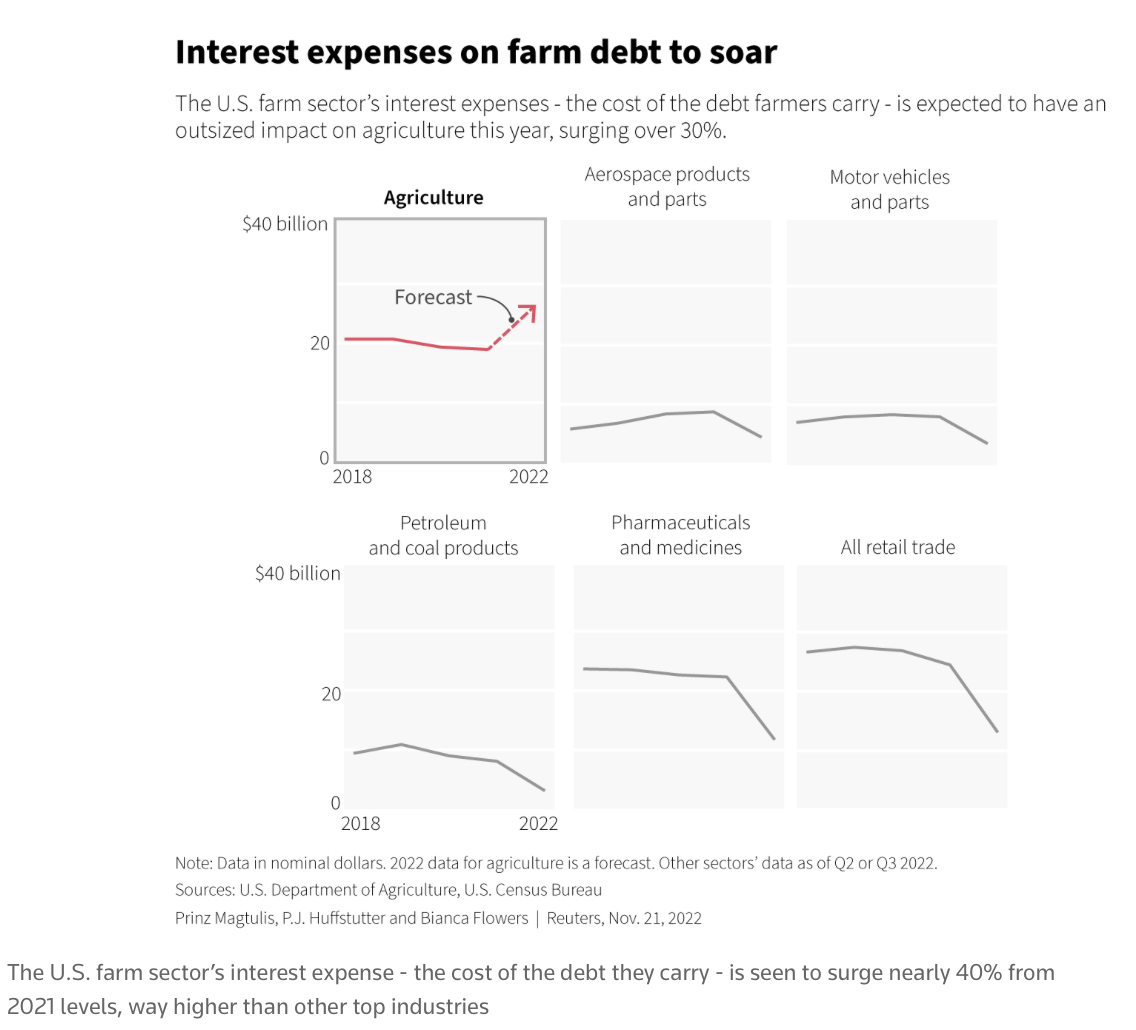 Nancy Kavazanjian
Nancy Kavazanjian
Topics: Livestock/Meat, Agriculture US,
The Reindeer Ranch spreads holiday cheer in the upper Midwest
The Hoseltons take their reindeer to holiday events all around the region.
-
(0)
-
Bookmark
- Comments (0)
-
(0)
-
Bookmark
- Comments (0)
 Nancy Kavazanjian
Nancy Kavazanjian
Topics: Agriculture US, AgriBusiness,
Uken Named WFBF's Chief Admin Officer - Mid-West Farm Report
Bradley Uken has been selected as Wisconsin Farm Bureau Federation’s Chief Administrative Officer, and his start date is Feb. 1. Uken... Read More
-
(0)
-
Bookmark
- Comments (0)
12/06/2022 SOURCE: kfgo.com
USDA's Economic Research Service finds cover crop mixes account for 18 to 25 percent of acres with cover crops...
Cover Crop Mixes account for 18 – 25% of Cover Crop Acreage
-
(0)
-
Bookmark
- Comments. (0)
12/06/2022 SOURCE: floridapolitics.com
Collins grew up on a family farm.
Freshman Senator Jay Collins lands committee Chairmanship overseeing agriculture
-
(0)
-
Bookmark
- Comments. (0)
 Nancy Kavazanjian
Nancy Kavazanjian
Topics: Agriculture US, Food/Nutrition, FDA,
How the FDA’s food division fails to regulate health and safety hazards
A POLITICO investigation based on more than 50 interviews finds the FDA is failing to meet American consumers expectations on food safety and nutrition.
-
(1)
-
Bookmark
- Comments (0)
 Nancy Kavazanjian
Nancy Kavazanjian
Topics: Agriculture US, Poultry, Jobs US,
Lawsuit Alleges Chicken Farmer Misclassification
A class action case charges that chicken farmers are so beholden to middlemen that they are effectively employees of the company.
-
(0)
-
Bookmark
- Comments (0)
-
(0)
-
Bookmark
- Comments (0)
 Nancy Kavazanjian
Nancy Kavazanjian
Topics: Livestock/Meat, Agriculture US, Education U.S. MidWest,
-
(0)
-
Bookmark
- Comments (0)
 Nancy Kavazanjian
Nancy Kavazanjian
Topics: Agriculture US, Economics,
Rising Cost of Credit Impacting Farmers
Earlier this week, Reuters writers P.j. Huffstutter and Bianca Flowers reported that, "Montana farmer Sarah Degn had big plans to invest the healthy profits she gleaned for her soybeans and…
-
(0)
-
Bookmark
- Comments (0)











